Ultimate Guide to Cooking Perfect Frozen Pizza in Oven
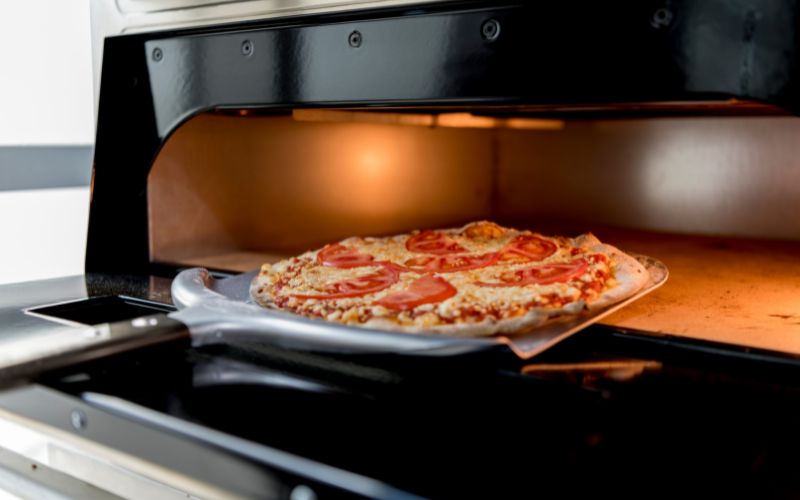
Steps for Cooking Frozen Pizza in the Oven
Cooking a perfect frozen pizza is straightforward when you follow these specific steps.
1. Preheat the oven temperature.
Preheat your oven to the temperature indicated on the pizza packaging—usually between 375-425°F (191-218°C). It is best to follow the temperature instructions on your specific pizza box.
If you don't have the box, you can search online for temperature guidelines for your brand and type of pizza (thin crust vs. regular crust, etc.).
Preheating is important so that the oven and baking surface (pizza stone, baking sheet) are hot enough to brown the crust before the toppings overcook quickly. Putting a frozen pizza straight into a cold oven would result in a poor texture.
2. Remove the packaging

- Remove all outer plastic wrap or packaging before cooking. Leaving packaging on can be a fire hazard or cause the pizza to steam instead of bake properly.
- For pizzas with a cardboard bottom, you can leave this on and use it as a makeshift baking sheet. However, for the best texture, baking frozen pizza directly on a rack or pizza stone is recommended by some.
- Let the frozen pizza remain frozen right up until it goes in the oven, so it doesn't start to thaw. Put it back in the freezer if you need time to preheat the oven.
3. Add additional flavor and toppings.
- Use frozen toppings like peppers, onions, mushrooms, etc., to avoid making the pizza soggy. Microwave raw veggies for 30-60 seconds first to soften if needed.
- Pre-cook meats like sausage, bacon, chicken, etc., before adding to prevent undercooking.
- Add flavorful toppings like olives, pickled peppers, pesto, Alfredo sauce, BBQ sauce, etc. These pack lots of taste without excess moisture.
- Sprinkle on dried herbs, spices, garlic powder, grated parmesan, etc. for extra flavor with no prep needed.
- Wait until the frozen pizza has baked for about half the recommended time before adding extra cheese so it melts properly without burning.
- Place wetter raw veggies like tomatoes closer to the edge/in a single layer to prevent sogginess.
4. Place the pizza on a baking sheet.
For best results, set your pizza on a baking sheet or pizza stone that has been warmed up in the oven.
- Use a rimless baking sheet or pizza pan for maximum air circulation and a crispy crust.
- Avoid pans with high rims to prevent browning.
- Line the baking sheet with parchment paper for easier transfer and cleaning. The pizza will also cook more evenly.
- Arrange the frozen pizza with space between the edges and sides of the pan. This will prevent the crust from steaming and ensure even cooking.
- If you are making several pizzas, stagger them on two racks rather than cramming them into one pan. Remember to rotate the pans halfway through cooking.
5. Place the pizza on the center rack of the oven.
Ensure even cooking by positioning the pizza in the middle of your oven, directly on the center rack. The center rack position (usually racks 3 out of 5) optimizes heat circulation and allows the top and bottom of foods to cook evenly.
6. Cook your pizza in the oven.
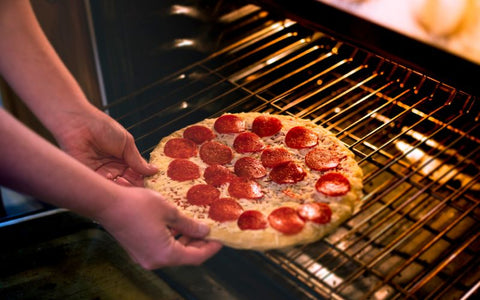
Bake the pizza following the given time on the box, often between 15 to 25 minutes, until the cheese is bubbly and the crust is golden.
- Start checking on the pizza at least 2-3 minutes before the minimum recommended baking time. Every oven bakes a bit differently.
- The crust should be evenly golden brown all over by the time the cheese finishes melting. If not, bake for 1-3 more minutes.
- An instant-read thermometer inserted in the center should read around 160°F(71.1°C) when the pizza is fully baked.
7. Use an oven glove to take your pizza out of the oven.

After baking, put on oven gloves to safely remove the hot pizza from the oven:
- Remove any baking parchment paper or cardboard from under the pizza before taking it out if used. Slide a spatula under the crust edges to release if stuck.
- Check that the cheese is fully melted and the crust is golden brown. If not quite done yet, slide back in for 2-3 more minutes.
- Set baked pizza on a heat-safe surface like a wire cooling rack. Avoid placing directly on countertops, which can scorch or soften the crust.
- Allow your pizza to cool for 4-5 minutes before slicing. Let your pizza stand for a few minutes to avoid being burned and to let the cheese set.
The key is using protection for your hands and removing supporting items first. Check doneness and then carefully pull halfway out before lifting out onto a wire rack. Be cautious of hot items and steam.
Frequently Asked Questions
Can you cook a frozen pizza on the oven rack without a pan?
Many frozen pizzas can be placed directly on the oven rack for a crisper crust. This allows heat to circulate on all sides of the pizza.
Should you thaw a frozen pizza before cooking it in the oven?
Thawing a frozen pizza in the refrigerator before baking can improve its quality without safety issues if done properly. But baking straight from frozen is still reasonable for simplicity or to follow specific cooking instructions.
How do you know when a frozen pizza is done baking in the oven?
A frozen pizza is usually done when the cheese is melted and bubbling, and the crust is golden brown. Exact times can vary, so the visual cues are your best indicator.


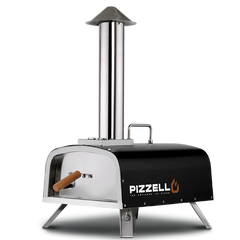
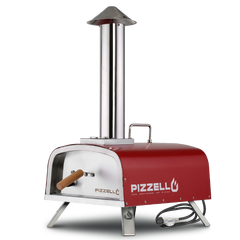
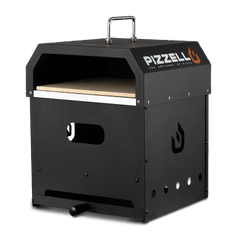
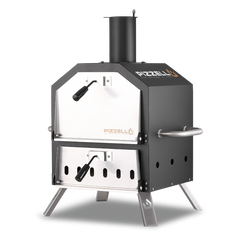



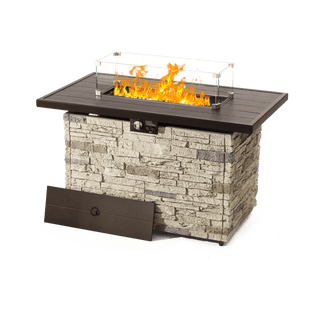
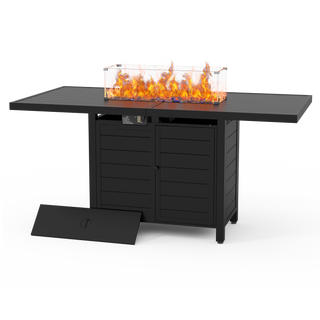
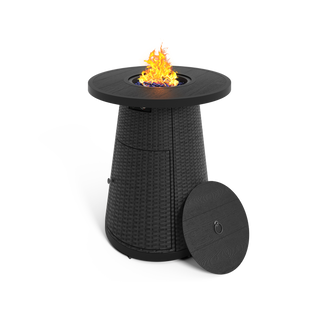

 Aluminum Dining Table
Aluminum Dining Table
 WPC Dining Table
WPC Dining Table
 HDPE Dining Table
HDPE Dining Table
 Cart
Cart
 Gas Burner
Gas Burner
 Pizza Oven Door
Pizza Oven Door
 Hat
Hat
 Apron
Apron
 Swivel Rocker Set
Swivel Rocker Set
 Textilene Chairs
Textilene Chairs
 HDPE Chairs
HDPE Chairs
 Wicker Counter Height Barstools
Wicker Counter Height Barstools
 Metal Counter Height Barstools
Metal Counter Height Barstools


























